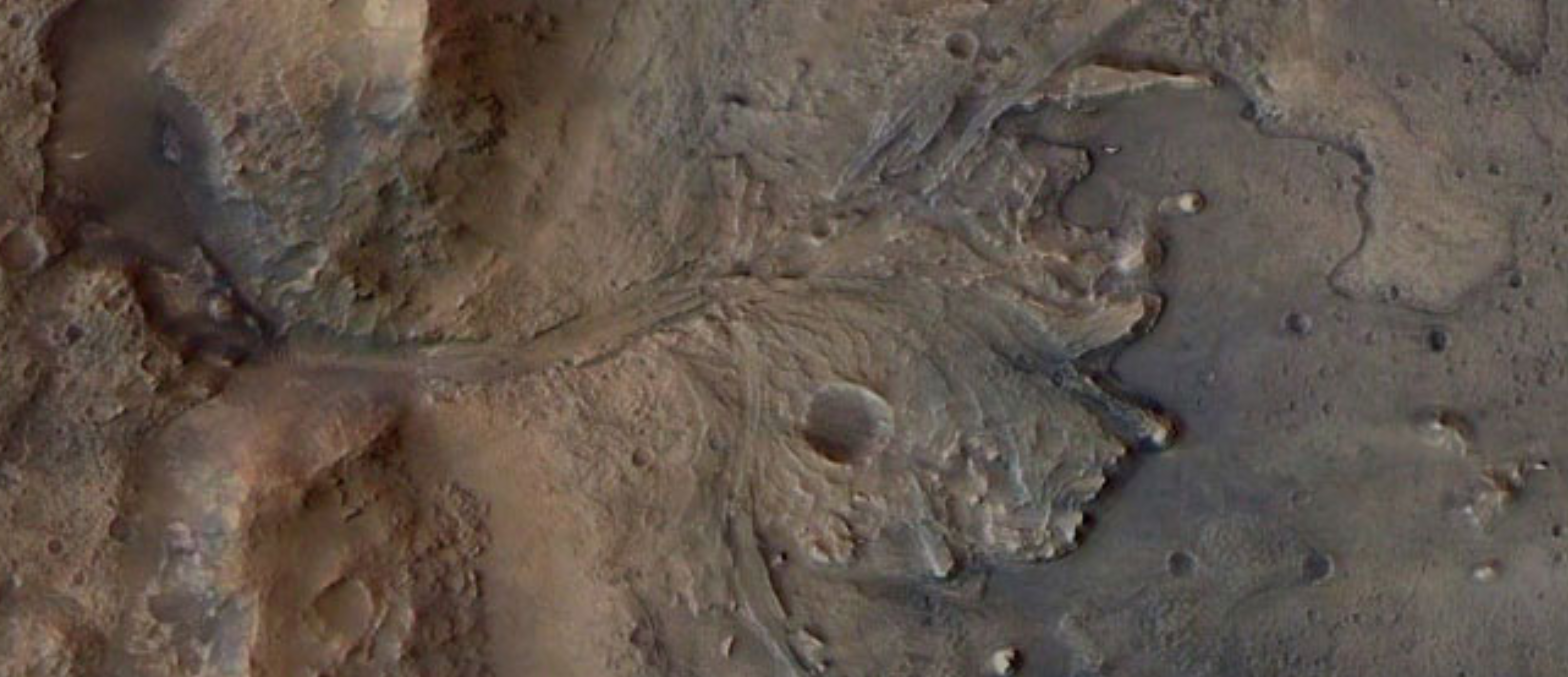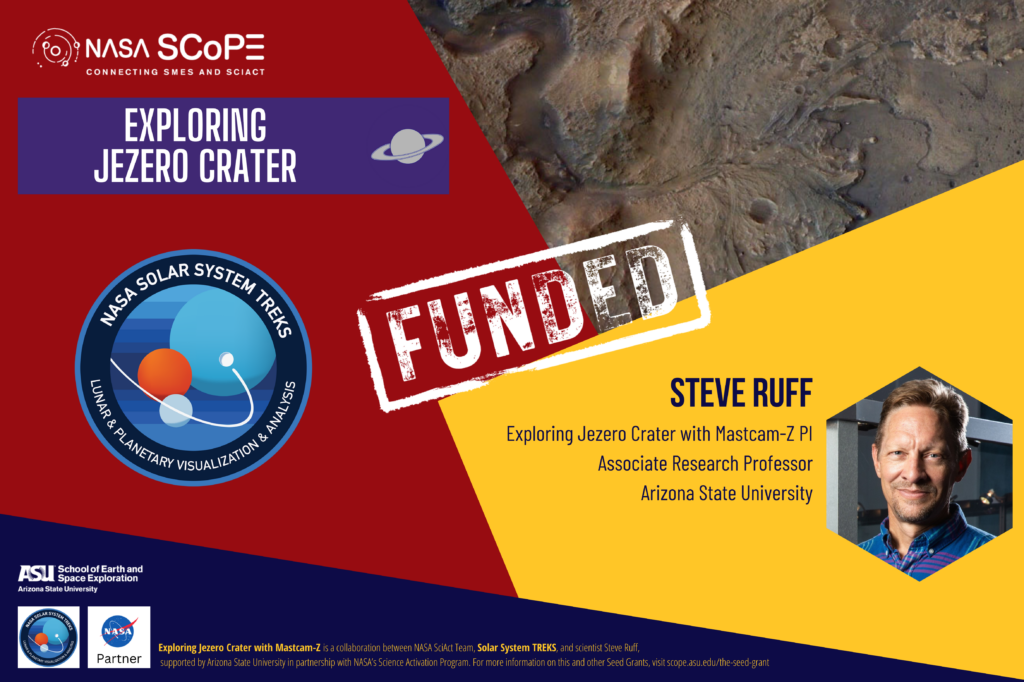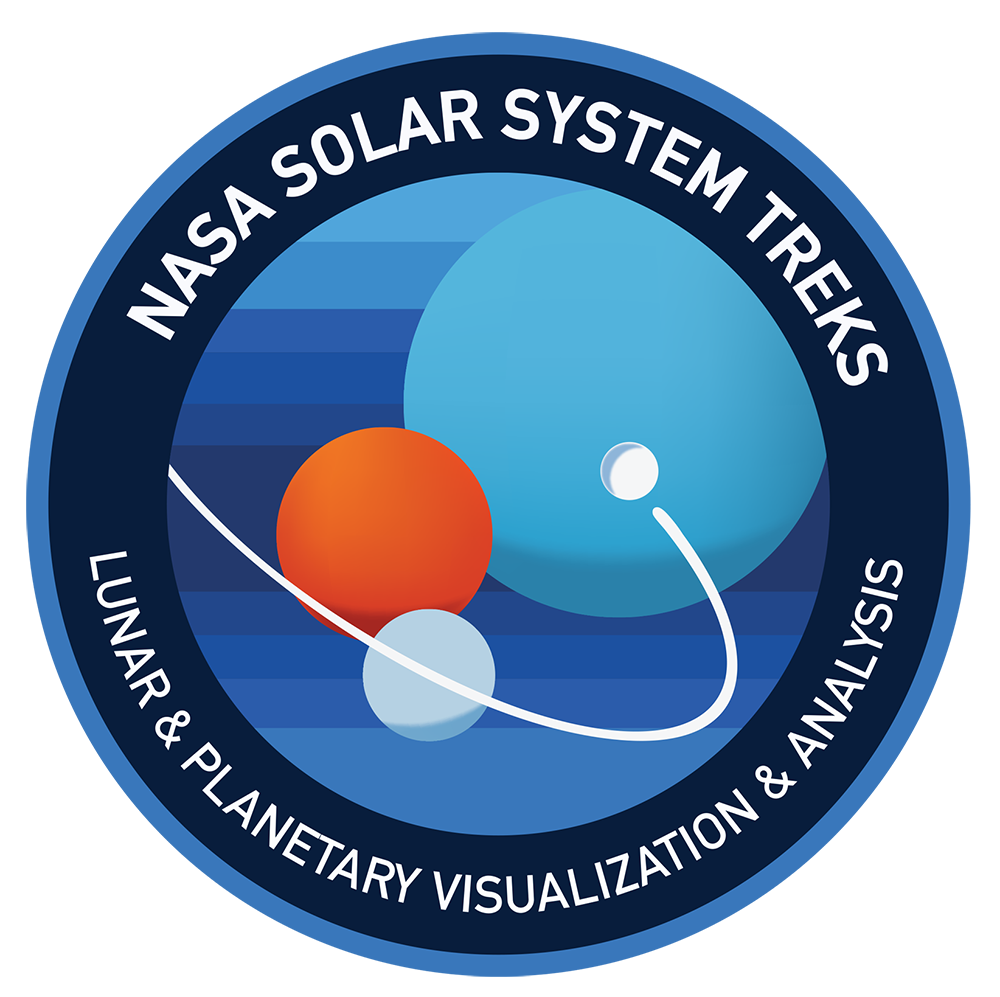
Steve Ruff, PhD
2023 Seed Grant Awardee
Project Description
Exploring Jezero Crater

The Mastcam-Z instrument is a multispectral, stereoscopic camera system with zoom capability mounted on the instrument mast of the Perseverance rover. It serves as the high-resolution eyes of the rover to document the landscape and sky of the Jezero crater landing site. Mastcam-Z regularly acquires partial and full 360° panoramas, which provide detailed morphology, topography, and geologic context for scientists but also immersive scenes for the public to experience. However, access to these panoramas can be challenging because of their large size and engagement with them can be limited for novice users because of a lack of context. We will address this need by providing an engaging and informative experience of the Perseverance mission for users of the Web-based Solar System Treks tool by creating video content from Mastcam-Z panoramas narrated by subject matter experts and accessible via a planned Perseverance path in the existing Mars Trek portal. This approach combines available resources and expertise from the Solar System Treks team and Mastcam-Z team into a novel application that is responsive to goals of NASA’s Science Activation program and NASA SCoPE.
Target Audience Age
| 0-4 | 5-10 | 11-14 | 14-18 | 19-22 | 23-26 | 27-99 |
NASA Division

Planetary
Grant Status

Learning Context

Digital Learning

Neighborhood /
Community

Informal /
Out of School

Home / Family

Citizen Science

Formal Education
SME Bio

Through collaboration with the NASA Solar System Treks and Mastcam-Z teams, I hope to create content that will inspire and engage people about the mission, Mastcam-Z, and ideally, the merits of Mars sample return.
Steve Ruff, PhD
Exploring Jezero Crater PI
Associate Research Professor
Planetary Geologist
Steve Ruff is a planetary geologist with a focus on the mineralogy of Mars determined via infrared spectroscopy, part of an effort to understand its geologic history and potential for past habitability. Through field work in Mars analog settings and laboratory work using field samples, he seeks to better interpret observations from Mars.
Steve earned a B.S. in Geology from the University of Wisconsin, Madison in 1985. Following four years of professional employment as an exploration geologist, he went on to earn a Ph.D. in Geology from Arizona State University in 1998 with an emphasis on thermal infrared emission spectroscopy of geologic materials. This work involved pioneering the instrumentation and techniques to acquire quantitative spectral data that serve as the basis for analysis of spectral data from Mars. As a graduate student and post-doctoral researcher with Professor Phil Christensen from 1991 to 1999, he was involved in the operations and analysis of data from the ‘96 Mars Global Surveyor Thermal Emission Spectrometer. This work continued with a Faculty Research Associate appointment at ASU in 2000 and involvement in the 2001 Mars Odyssey Thermal Emission Imaging System. Beginning in 2004, he spent nearly seven years as the operations lead for the Miniature Thermal Emission Spectrometer on the Mars Exploration Rover Spirit and continued as a team associate of the Opportunity rover mission until its end in 2018. In 2013 he was appointed an Associate Research Professor in ASU’s School of Earth and Space Exploration and continues in this role to pursue laboratory spectroscopy and techniques to support the analysis of spectral data from Mars.
SciAct Team

Solar System TREKS Description
The Solar System Treks are online, browser-based portals that allow you to visualize, explore, and analyze the surfaces of other worlds using real data returned from a growing fleet of spacecraft. You can view the worlds through the eyes of many different instruments, pilot real-time 3D flyovers above mountains and into craters, and conduct measurements of surface features. The portals provide exciting capabilities for mission planning, planetary science, and public outreach.

This project gives us an exciting opportunity to return our attention to Mars by partnering in this fascinating examination of some of Mars' most intriguing terrain. This collaboration is an ideal example of how the Solar Systen Treks can provide value as an infrastructure project, providing engaging visualization and dissemination of data.